When it comes to sitting for long periods at work, a supportive office chair to promote good posture is essential to avoid sciatica pain and low back injury.
Understanding Sciatica:
Sciatica is often caused by the compression or irritation of the sciatic nerve starting at the spine which can result in radiating pain, numbness, and discomfort that can travel from the lower back down to the legs.
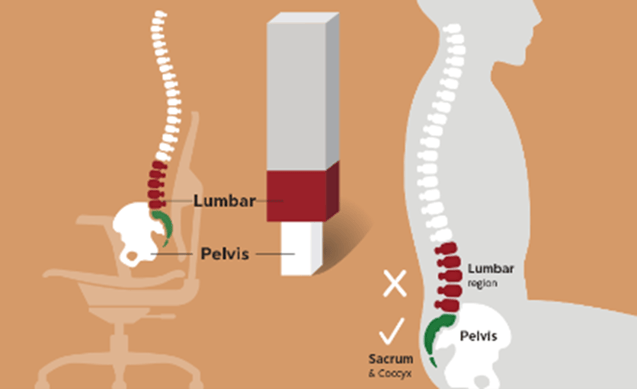
Office Chair Support:
One of the ways to reduce sciatic pain is using an office chair that provides support to the lower back, which is commonly referred to as lumbar support. However, research in wheelchair seating has shown that pelvis support may be more effective in promoting good posture and reducing strain on the lower back.1
The reason why lumbar support may be less successful than pelvis support is that it is not supporting the spine at the base to promote that upright posture from the ground up. The pelvis plays a key role in promoting proper spinal alignment as the pelvis is connected to the spine and sacrum through multiple ligaments. As a result, the angle of the pelvis impacts the position of the spine.
For example, when the pelvis rolls backwards, it results in a “c” curved spine, but when it rolls forward into neutral it results in an “s” shaped spine. When the pelvis is correctly aligned, it helps to establish a natural lumbar curve, which is essential for maintaining a healthy spine and decreased pressure on the disc and nerve structures such as the sciatic nerve.
Another benefit of pelvis support is that it can reduce strain on other areas of the body, such as the neck and shoulders. When the pelvis is correctly aligned, it helps to promote a natural spinal curve, which can help to alleviate tension in the upper body. This, in turn, can help to reduce the risk of developing other low back conditions such as spondylolisthesis and spinal stenosis.
Office Chair Cushion Role in Preventing Sciatica:
Sciatica can have two origins: The low back or a muscle in the buttock’s region, known as the piriformis. The Sciatic nerve runs just below this muscle and it’s important to take pressure off that region and properly support your legs to not result in tightness of this muscle.
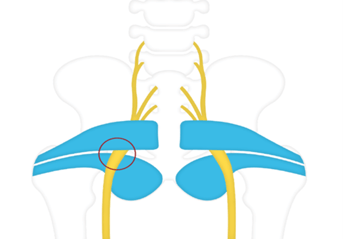
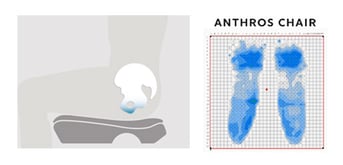
The ideal office chair should be a foam base with contours to keep your legs in neutral alignment and take pressure off this area.
This chair below is made of Mesh that is wrapped around a plastic frame which doesn’t support your legs in a neutral seated position and can cause pressure around the sciatic nerve.
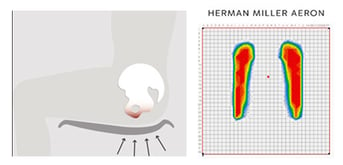
What is a good long-term solution?
Find a chair that can support the pelvis in neutral and reduce pressure in the cushion so you can maintain that upright posture throughout the day and minimize the detrimental effects of sitting poorly. And this is where Anthros comes in!
Anthros is the only chair that has an independently adjustable two-part back system. The low back pad can be adjusted to meet and support the pelvis in neutral. This brings the spine into alignment and the upper back pad can then be adjusted forward to meet the upper back.
So, if you’re looking for a chair that can reduce Sciatic pain, look no further than Anthros.
Anthros is the only chair in the world that is guaranteed to improve posture or your money back. The science-backed, patented design is registered with the FDA as a posture-improving chair and is proven to have the lowest pressure (most comfortable) cushion on the planet (verified by university testing).
Take the next step to reducing pain, increasing comfort, and maximizing performance!
References:
- Susan Johnson Taylor; Evaluating the Client with Physical Disabilities for Wheelchair Seating. Am J Occup Ther November 1987, Vol. 41(11), 711–716. doi: https://doi.org/10.5014/ajot.41.11.711
Recent Post
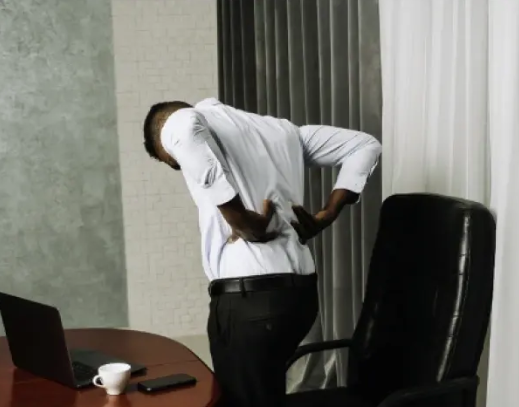
Exercises to Avoid With a Herniated Disc
March 6, 2025A herniated disc can put a serious damper on...

Gentle Back Exercises for Lower Back Pain & Herniated Discs
February 17, 2025Adding a cushion to your office or gaming chair...
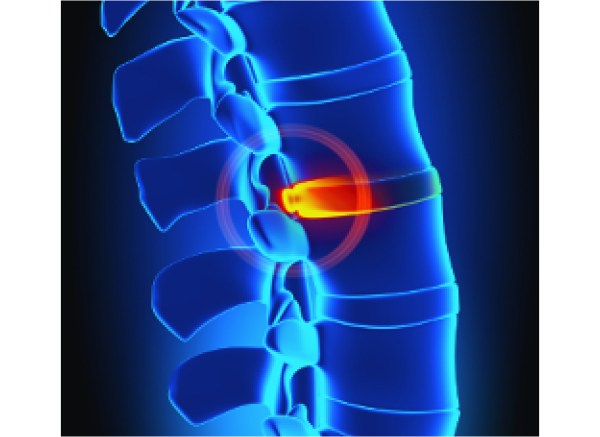
Bulging Disc vs. Herniated Disc:
February 5, 2025Adding a cushion to your office or gaming chair...









